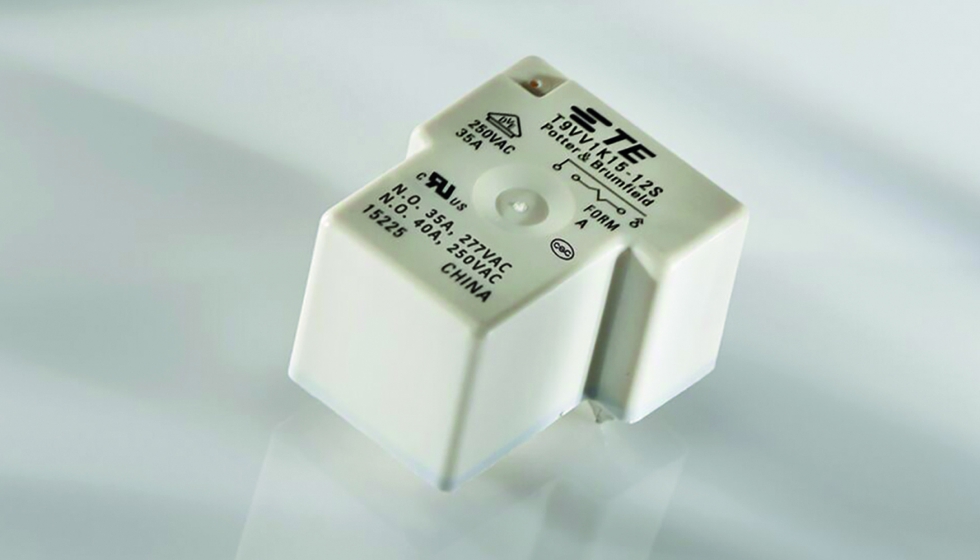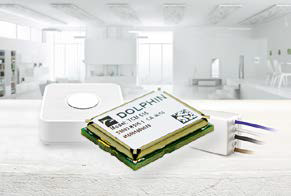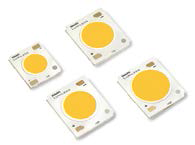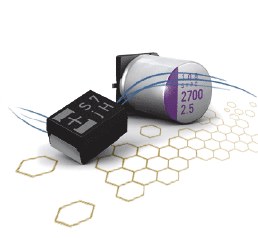The Light Emitting Diode (LED) seems to be a tireless worker, and its solid-state construction promises a long lifespan. With the increasing availability of high intensity fixtures, LEDs are quickly becoming the traditional component for area lighting. While LED lighting promises greater durability than older incandescent and fluorescent technologies, premature luminaire failure can disappoint users. Online reviews and word of mouth are quick to tell the market how different brands are performing in terms of reliability, and manufacturers run reputational risk as well as the potential for decreased sales compared to perceived competition. offers better performing products.
Why LEDs can fail
Despite their renowned reliability as solid-state devices, LEDs can be fragile and a key reason for premature failure is damage to the LEDs themselves caused by transient overvoltages that can come from a variety of sources. Because LEDs are often used in low-voltage environments, such as indicators, and rarely encounter damaging surges, designers often underestimate the risks LEDs face when used in more demanding applications or harsher conditions, such as in street lighting. exteriors. Despite their notorious reliability, LEDs have known failure mechanisms of both a mechanical and thermal nature. For example, an LED operating at full power for long periods will generate large amounts of heat that will eventually damage the joints in the conductors connecting the device to its package. As metallic conductors oxidize with heat, they become brittle over time, increasing the possibility of LED failure, particularly in systems prone to vibration.
Other causes of LED failure, as with other semiconductors, are electrostatic discharges or surges induced by nearby lightning strikes. Another challenge when using solid-state lighting designs is that an entire strip of LEDs in a fixture can fail due to a problem with just one of the LEDs in the array. LEDs are usually connected in series and powered from a constant current source depending on the desired brightness, color, and intensity required by the application. Series wiring is favored because it offers more consistent behavior across all LEDs in the strip which offers a more uniform brightness. An open circuit in a single LED on a strip, caused perhaps by a single conductor breaking at the junction, can cause the entire strip to fail.
In public lighting or airport runway lighting applications, the loss of the strip can dim or turn off the light, causing a safety risk. Use in billboards using LED displays is less critical, but blank spots caused by strip failure lead to complaints and potential lost profits as well as more frequent maintenance costs. In home applications, brands known for their propensity for premature failure will find trouble in the marketplace.
Incorporate protection into the design to avoid common failures
Diligence in the circuits makes it possible, however, to reduce failures or even avoid them. Many systems will have some level of ESD and surge protection, but often focused on the input of the power supply. Naturally, the AC input is a key area of protection, but in all LED lighting applications there are three areas that require circuit protection. In addition to the AC input, the DC portion of the power supply and the LEDs themselves need protection, and designers must address all the different types of protection needed at each point in the circuit.
Protect the LED itself
The problem of a single LED failing causing an entire strip to dim can be avoided simply by putting an open LED protection device in parallel with each LED on the strip. One type of component that can act as an open LED protector is an electronic shunt that acts as a current bridge for the circuit that has been left open and allows power to flow to the rest of the LEDs on the strip. The shunt is a two-terminal device that automatically resets if the open LED connection self-recovers or is replaced. A good design for such a shunt protector is a voltage activated switch with a microamp leakage. Once the LED is open, there will be enough voltage in the circuit to activate the protector on. An advantage of this type of protector is its built-in surge immunity, bypassing the LED in the event of a surge that might be induced by nearby lightning or electrostatic discharge. Examples of such electronic shunts can be found in the PLED range, whose devices also protect the LEDs against accidental voltage reversals. PLEDs are relatively easy to specify. With parameters such as direct voltage and direct current and the connection scheme used in the LED strips, it only remains to determine the size of the LED and its protection coefficient. The PLED switching current must be less than the value provided by the constant current source and the turn-on voltage must be less than the “compliance” voltage, which is the maximum open circuit output voltage provided by the source power supply for the LED strip. The next step is to determine the number of LEDs protected by a single PLED: a designer may choose to risk dimming caused by having three LEDs without power if only one of the LEDs in the group fails. Typically, a PLED6, driving at 6 V, protects an LED; a PLED9, which drives at 9 V, is suitable for use with two LEDs; and the PLED13 can be used with a group of three LEDs. Other components with the potential to be used to provide open LED protection often have drawbacks.
For example, Silicon Controlled Rectifiers (SCRs) and Zener diodes both have attributes that might make you think they are up to the task. A Zener diode offers effective ESD and lightning protection as well as reverse polarity protection. However, it would not survive long in current application, since being active, the strip current will easily overload the diode decreasing its durability. An SCR will protect against open LED conditions but not against ESD or lightning, nor will it offer reverse polarity detection. An SCR is also generally a larger device that will not be easy to accommodate in many high brightness fixtures where the LEDs may already be densely packed.
Protection for AC input
When selecting protection for the AC input, a key consideration is that this is an area highly susceptible to lightning surges. Protection devices must be strong enough to meet the requirements of lightning surges. A minimum of 3 kA is required but it may be important to guarantee 6 kA. The response must also be quick to limit any subsequent damage. The selection criteria for the fuse line for the AC input include voltage and current, as well as the I2T value. The third parameter provides an indicator of the amount of energy the fuse element can withstand before opening. Consequently, time-delay fuses have higher I2T ratings than faster-acting fuses. Also, the I2T value increases in proportion to the current rating of the fuse. Another key component to the AC power supply is a surge suppressor (TVS) or metal oxide varistor (MOV), used to divert voltages away from sensitive components.
Protection for DC input
A crucial component in the DC section is the high voltage DC fuse, designed to open during overcurrents. A secondary TVS in the DC section offers additional protection against surges, preventing damage to the control electronics of the power converter and limiting the amount of damaging charge that can pass through to the LED strips themselves. In conclusion, while LEDs may have a higher level of durability than traditional lighting solutions, they require adequate circuit protection to deliver on their promise. By concentrating on the three main elements of a luminaire's electrical designs, LEDs will have greater durability and their use will extend to increasingly demanding environments.








